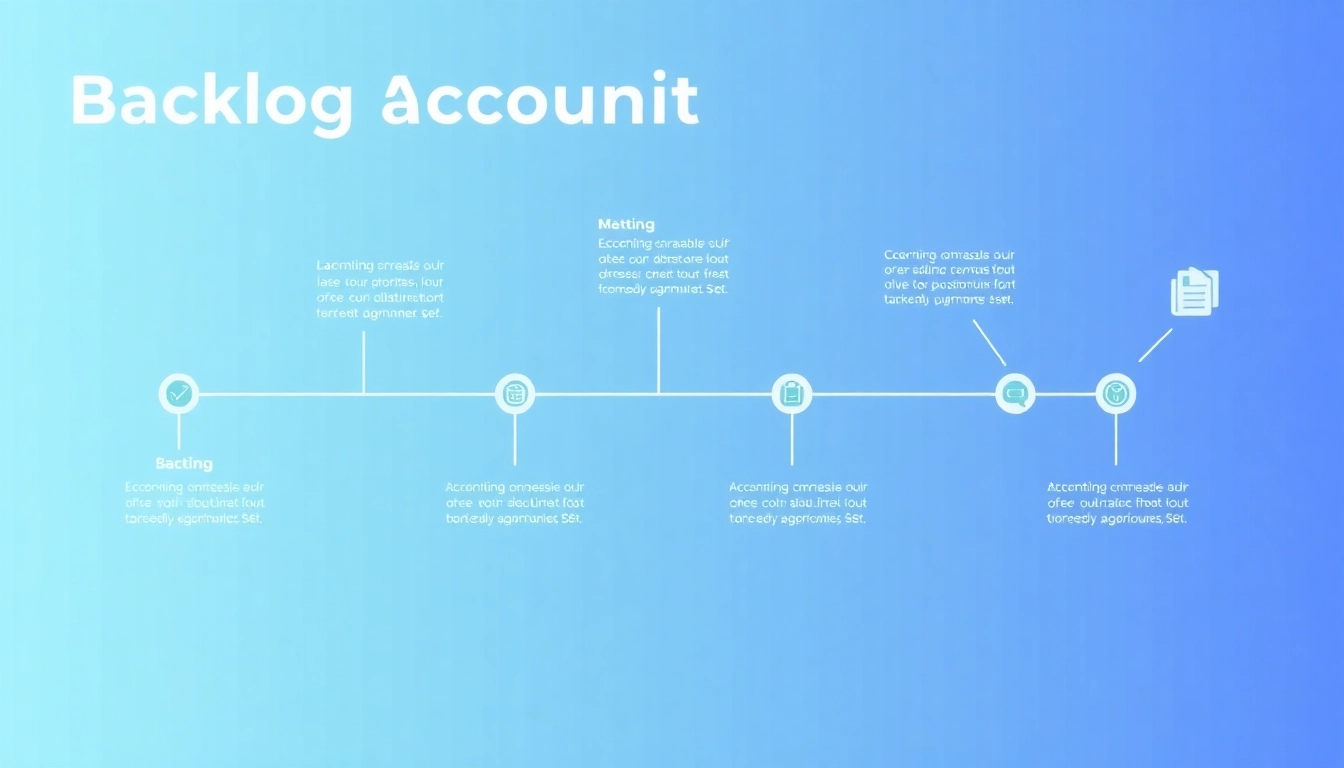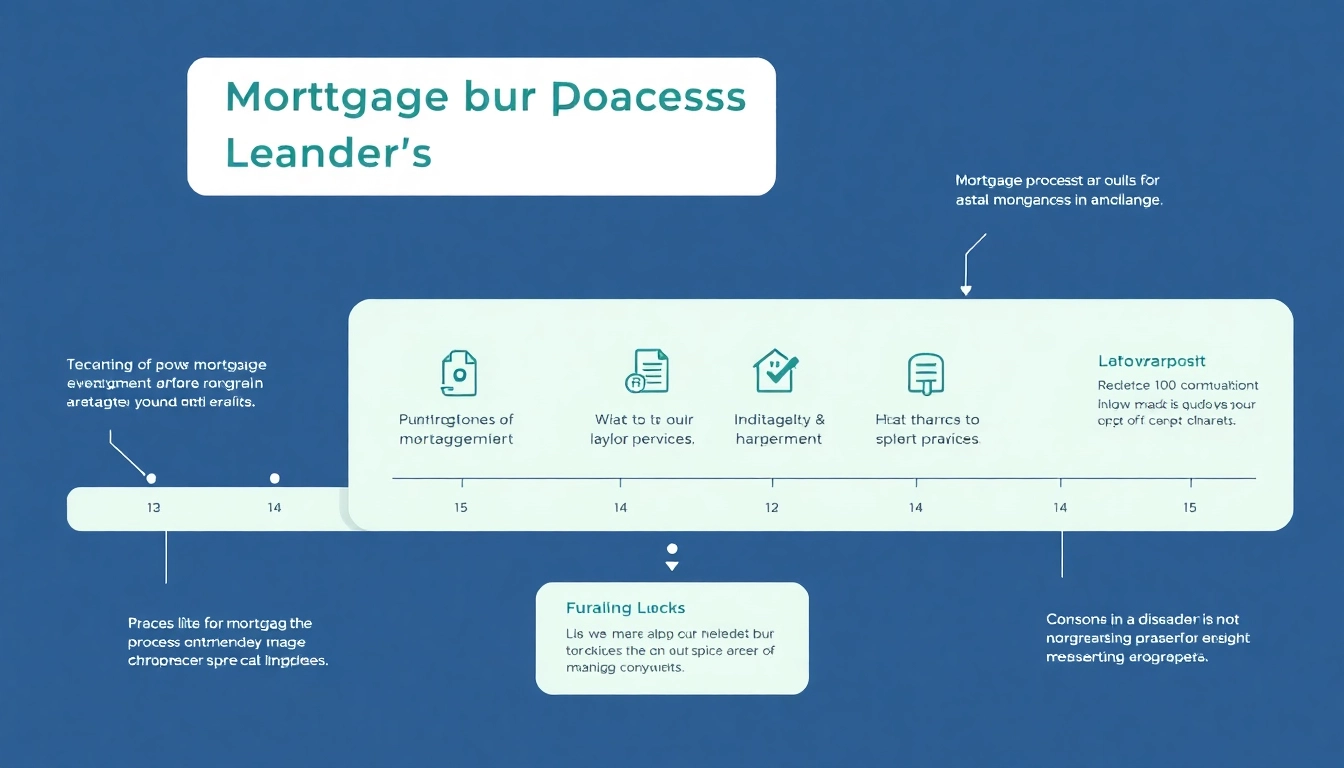Introduction to Loan Principal
Understanding the concept of loan principal is essential for anyone handling loans, whether they are personal loans, mortgages, or auto loans. The loan principal serves as the foundation of the borrowing experience and is pivotal in determining the overall cost of the loan over time. This article aims to demystify loan principal by exploring its definition, importance, and more, providing you with a comprehensive understanding of its role in the borrowing process.
What is Loan Principal?
Loan principal refers to the original sum of money borrowed from a lender. It is the base amount on which interest is calculated. For example, if you take out a mortgage of $200,000, that amount is your loan principal. Understanding this concept is crucial, as the loan principal can significantly impact your monthly payments and the total cost of borrowing.
Importance of Knowing Your Loan Principal
Knowing your loan principal is vital for several reasons:
- Monthly Payments: The higher the principal amount, the higher your monthly payments will be. This knowledge allows you to budget effectively.
- Total Interest Costs: The principal amount directly affects the total interest you will pay over the life of the loan. A lower principal can save you significant amounts in interest.
- Loan Terms: Understanding your principal can help you evaluate loan terms better and choose the right options that suit your financial situation.
Common Misconceptions About Loan Principal
Several misconceptions surround the concept of loan principal:
- It Is the Total Amount Repayable: Many believe that the loan principal includes interest, which is not correct. The principal is solely the borrowed amount.
- It Doesn’t Affect Your Credit Score: The loan principal itself does not directly affect your credit score; however, how you manage the loan can impact your score.
- All Loans Have the Same Principal Repayment Terms: Loan terms can vary widely, and not all loans will have the same way of calculating principal payments.
Calculating Your Loan Principal
Steps to Calculate the Loan Principal
Calculating your loan principal can be straightforward, but the method you choose may depend on your specific situation. Here are standard steps to calculate it:
- Identify Your Loan Details: Gather information such as the total amount borrowed, interest rate, and repayment term.
- Calculate Your Monthly Payment: Use the loan formula in conjunction with the interest rate and terms to determine monthly payments.
- Subtract Interest from Payments: As you make payments, you need to track how much goes to interest and how much reduces the principal.
- Track Remaining Balance: Regularly check your loan balance to see how much principal remains.
Using Amortization Schedules for Better Insight
An amortization schedule provides a detailed breakdown of each payment throughout the loan term, showing how much of each payment goes towards the principal versus interest. This tool is invaluable for understanding how your loan principal decreases over time while tracking your repayment progress.
Factors That Influence Your Loan Principal Amount
Several factors influence the actual loan principal you might end up with:
- Creditworthiness: Lenders will assess your credit score, which can affect the amount they are willing to lend.
- Income Level: Your financial situation and income stability will impact the principal amount a lender approves.
- Type of Loan: Different loans come with different maximum limits for principal amounts.
- Collateral: Secured loans (like mortgages) often allow for higher principal amounts than unsecured loans.
Loan Principal vs. Interest: Key Differences
How Loan Principal Affects Monthly Payments
The loan principal plays a crucial role in determining the amount of your monthly payments. The larger the principal, the larger the monthly payment, since your payment must cover both interest and principal repayment. By understanding this relationship, borrowers can make informed decisions about the loan amount they wish to borrow.
Understanding Interest Calculations Related to Loan Principal
Interest is calculated as a percentage of the loan principal, meaning that the higher the principal, the more interest you will pay over the life of the loan. For example, if your loan principal is $20,000 at an interest rate of 5%, you’ll pay $1,000 in interest for that year, assuming a simple interest calculation. This basic understanding helps you evaluate loans effectively and consider long-term costs.
Strategies to Manage and Reduce Your Loan Principal
Managing your loan principal effectively can save you money. Here are a few strategies:
- Make Extra Payments: If possible, making extra payments can directly reduce your principal balance, leading to lower interest costs over the life of the loan.
- Pay Biweekly Instead of Monthly: This tactic can lead to an additional payment each year, reducing the principal more quickly.
- Refinance for a Better Rate: If interest rates drop significantly, refinancing can lower your payments and help you manage your principal more effectively.
Real-Life Examples of Loan Principal Calculations
Case Study: Mortgage Loan Principal
Consider a typical scenario where an individual takes out a mortgage loan for $300,000 at a 4% interest rate for 30 years. The initial monthly payment is determined by the loan principal and interest rate. Over time, the amortization schedule shows that early payments are primarily interest, but as the loan progresses, more of the payment goes toward the principal. This demonstrates the importance of being aware of your principal calculations in long-term financial planning.
Case Study: Personal Loan Principal Implications
In a personal loan scenario, an individual borrows $10,000 at a rate of 6% to be paid back over five years. The total payment amount will reflect the loan principal and interest, and again, understanding how much goes to principal versus interest can help track progress. If the borrower makes additional payments without prepayment penalties, they can significantly reduce the total amount paid in interest.
Lessons Learned from Different Loan Principal Scenarios
From both the mortgage and personal loan case studies, several lessons emerge:
- Track Your Loan Balance: Regular tracking can help you understand how quickly you are reducing your principal.
- Budget for Extra Payments: If feasible, budgeting for extra payments can lead to significant savings.
- Refinancing Can Be Beneficial: Always consider market conditions and options to refinance, which can alter your loan principal positively.
Best Practices for Managing Loan Principal
Tips for Reducing Your Loan Principal
Reducing your loan principal can save you thousands in interest costs. Here are some actionable tips:
- Make Payments More Frequently: Making payments biweekly instead of monthly can reduce your principal quickly.
- Utilize Windfalls Wisely: Use bonuses, tax refunds, or other unexpected income to pay down your loan principal.
- Consider Round-Up Payment Methods: Set up automatic payments that round up to the nearest hundred to tackle your principal with more consistency.
How to Keep Track of Loan Principal Payments
Keeping track of your loan principal payments is essential for effective management:
- Use a Loan Tracker App: Various apps can help track loan balances and repayment schedules, making it easier to see your principal reductions.
- Create a Spreadsheet: Custom spreadsheets can allow you to input payments, interest accruals, and principal reductions effectively.
- Review Monthly Statements: Regularly reviewing your loan statement can ensure that payments are applied correctly to your principal and interest.
When to Refinance Your Loan Principal for Better Terms
Recognizing the right time to refinance can significantly affect your loan principal. Consider refinancing for better terms under these conditions:
- Interest Rates Drop: If market rates decline, refinancing can lower your principal costs through reduced payments.
- Improved Credit Score: If your credit score has increased, lenders may offer you more favorable interest rates, impacting your principal repayment.
- Change in Financial Situation: If your financial situation has improved or changed, reassessing your loan can lead to better terms and principal savings.












Leave a Reply